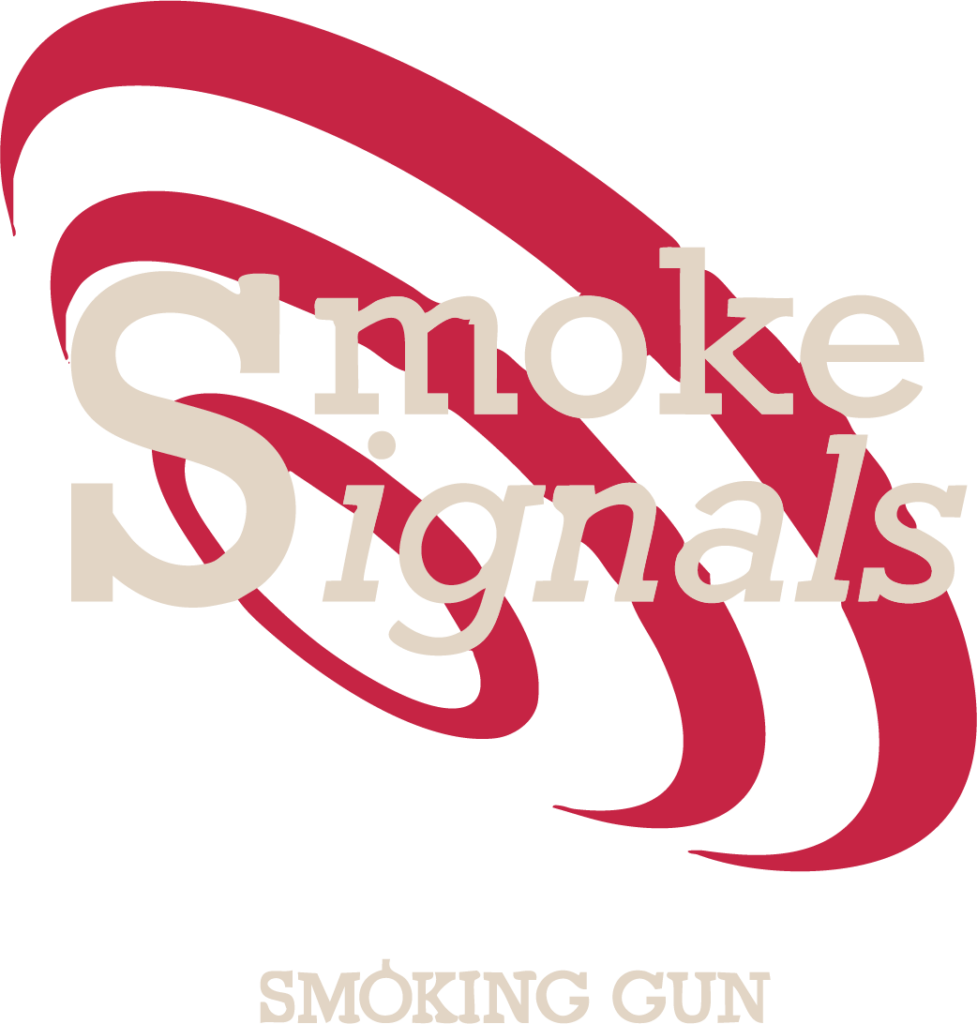
Let’s face it, we all love to eat great food- whether that’s the stuff we love with a smattering of guilt, or the stuff we love that’s actually good for us.
Everyone here at Smoking Gun PR is no different, and as such you can probably imagine the passion with which we approach any work in food PR. It’s like spending days on end thinking about things you’d probably already be thinking about (i.e. tasty treats), without having to take time out of the office. Bonus.
Based on this logic it shouldn’t surprise you to learn that we’re dismayed whenever food PR goes wrong, both for the agency and brand, and also for the public. Nobody wants to walk away from offers disappointed, realise standards at their favourite fast food chain might be as bad as so-and-so-said, or watch as a product they buy regularly makes a catastrophically bad judgement on a new ad campaign.
Nevertheless, it happens.
There’s more to analysing these errors, mistakes and misdemeanours than a kind of professional macabre interest, though. In every instance a company comes a cropper due to poor public relations, there are lessons to take on board if you want to ensure you never find yourself in similarly hot waters. To prove the point here are five particularly memorable instances, along with the message everyone should remember as a result.
Go viral (don’t spread viruses)

It’s 2009 and the world understands even less about the potential power of social media than it does today. Stateside, two employees of Domino’s pizza decide to film themselves doing things with food that nobody should do with food, ever, and post the clip to YouTube. People noticed. In fact, lots, and lots of people noticed, including members of the press, the staff members were dismissed, an apology was made, but the damage to credibility was already done.
Message: There are several points to take away from this, but the most important is making staff proud to work where they do. This might just put them off sticking ingredients up their noses. Or maybe not.
Chicken riots

Same year, same country, different fast food giant, KFC hooked up with Oprah for a promotional campaign that offered vouchers for free chicken through the famous TV host’s website. Sadly, the firm underestimated how vast her audience and influence is. The public went nuts for the prospect of toll free thighs and wings, restaurants were overrun, and hundreds walked away empty handed. Complaints were plentiful, and in the end the Colonel’s men sent everyone left disappointed rainchecks to soften the blow.
Message: Giving something away might seem like a great idea, but it’s vital to overestimate demand otherwise there’s a good chance you’ll just walk away looking really stupid.
Too suggestive

It’s a depressing truth that date rape is a real problem at universities, and U.S. campuses regularly make headlines for this reason. As such Bud Light should never have adopted the tagline ‘the perfect beer for removing no from your vocabulary for the night’- apart from anything else it’s not very catchy. It’s also hugely insensitive and crass, as is the has tag #upforwhatever.
Message: There’s edgy, completely inappropriate, and downright offensive. There’s a very fine line between the three, and you need to be very sure you’re falling on the side of the first before going public.
Horror stories

Social media campaigns are an absolute minefield for any brand, and we advise taking extreme caution when approaching anything that allows the public to ‘get involved’ with opinions. That’s ten fold if you are a company like McDonalds, and the idea is to have people share their #McDStories via Twitter. You can imagine what happened next.
Message: We’ve harped on about transparency in the past- for example don’t try and launch a corporate social responsibility campaign with an environmental hook if your head office doesn’t recycle and you pollute rivers on the regular. Within McDonalds’ context, don’t ask people to tell you about their experience unless you can guarantee every single restaurant is performing as it should. So basically just don’t do it.
Terrible inspiration

“So we’ve got this great idea for a new burger.”
“Oh yeah?”
“Yeah, it’s basically the McAfrika, inspired by the cuisine of Africa.”
What should have followed is a definite ‘no’, but instead Norwegian McDonalds customers did get a McAfrika for a while, inspired by the food of Africa. Sadly, there were several problems. Not least the small fact that Africa is the second largest continent on the face of the Earth, and therefore is home to a multitude of different cuisines. Add to this the way selling this product to one of the world’s richest nations, at a time when several African countries were struggling with famine and humanitarian crises, and you start to see why aid agencies had plenty to say.
Message: Just be a decent person and consider the way any new product might be perceived by the public. Moreover, be aware of what’s happening in the rest of the world- who knows, it might actually inspire a decent idea in the long run.
Misdirection masterclass
QR codes failed to really take off here in Europe- yes, people use them, but not with the same (0ver)zeal as, say, Asia-Pacific countries. Nevertheless, Heinz decided to give it a whirl, and used the technology on bottles of ketchup. The problem was it allowed the URL to expire, which was then taken over by hardcore porn pedlars, but not everyone had finished their bottle…
Message: If you’re going to experiment with ANYTHING you’d do well to full understand how that thing works, today, tomorrow and a few years down the line.
[Tweet “Five exceptionally bad #food #PRfails – and what brands can learn from each”]
Our Awards
Why stop at global stardom and incredible sales? When our clients work with us, they get the silverware to boot. We’re not into tooting our own horns, but the awards we’ve won with our clients are too good to miss…









